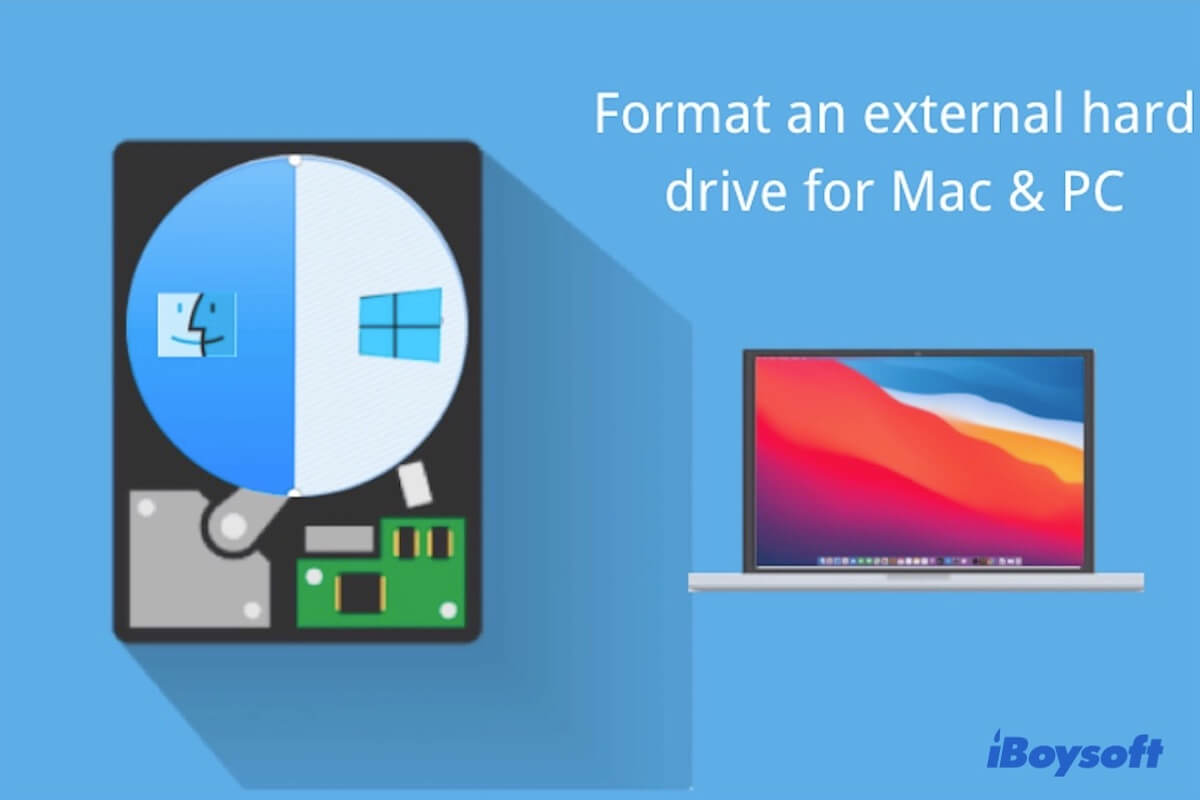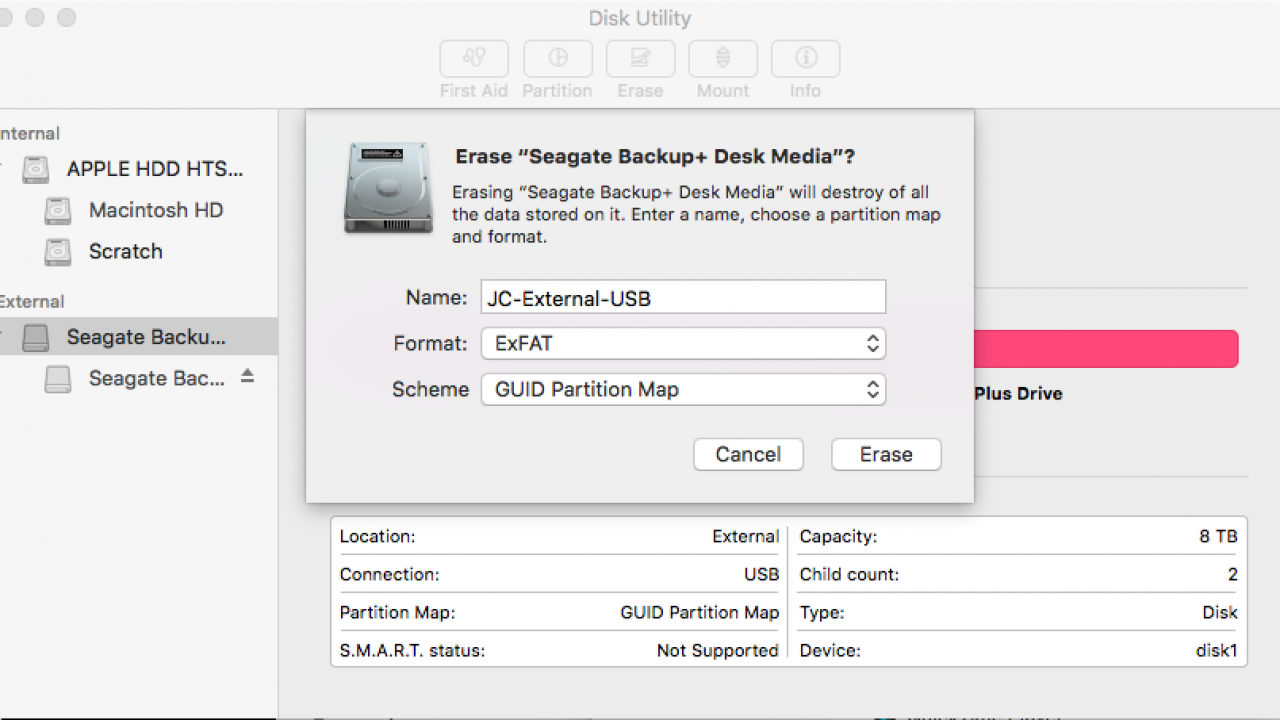
I'll conclude by saying that stereohisteria's suggestion of using GParted in a Linux emergency disk is a good alternative, provided you're comfortable enough with Linux, or with a variety of OSes in general, to try that approach.
#FORMAT A HARD DRIVE FOR MAC AND WINDOWS PC#
So, if you want to use an external hard drive on both Windows and Mac, you need to format it to a filesystem that is compatible with Windows PC and Mac. Windows PC and Mac use different filesystems.
#FORMAT A HARD DRIVE FOR MAC AND WINDOWS SOFTWARE#

Leave at least one test file on it, though. However, FAT32 has a maximum 4GB file size limit whereas exFAT can work with files as large as 16EB. Test the NTFS partition in Windows, but don't fill it with data just yet. Both FAT32 and exFAT can be used on Windows PC and Mac.Using Windows tools, create an NTFS partition for Windows at the start of the disk, leaving the rest of the disk unpartitioned.Using whatever software you like, erase all the partitions from the disk.You might want to employ that same rule here: One rule of thumb in the past was to use partitioning tools in a given OS to create partitions for that OS. The instructions below are for Windows 10, but other versions of Windows from Windows 7 and up can also format an external drive as exFAT for use with Mac as well. Although the hybrid MBR should work OK with your Windows system, it's conceivable that it won't, or it might be interacting badly with a removable disk, so you might want to avoid it. For the rest of my answer, I'll assume you're talking about a removable disk that you're moving between two computers.Īnother potential issue is that OS X partitioning software (at least, as of a year or two ago I haven't checked recently) creates a hybrid MBR if you put a FAT or exFAT filesystem on a partition.

If so, at least part of the solution would be to put the Windows partition first on the disk. This is definitely how Windows treats USB flash drives, but I'm not sure if it treats removable hard disks in the same way. Is this an external disk that you're moving between a Mac and a Windows PC? If so, it's conceivable that Windows is refusing to access anything beyond the first partition on the disk.


 0 kommentar(er)
0 kommentar(er)
